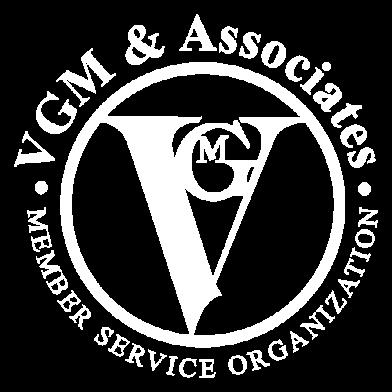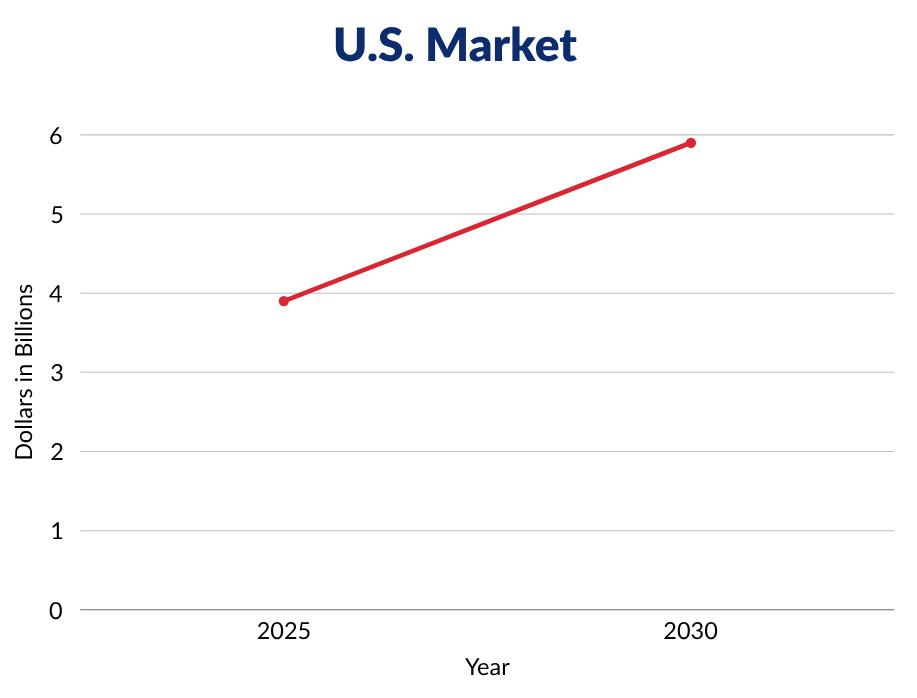Enteral Nutrition Market Report 2025





The U.S. enteral nutrition market is experiencing steady and sustained growth, reflecting broader trends in healthcare delivery and chronic disease management. As of 2023, the market was valued at approximately $2.84 billion, representing a significant portion of the global enteral feeding devices market, which stood at $4.3 billion. Projections indicate that the U.S. market will grow to $3.9 billion by 2025 and further expand to $5.9 billion by 2030, supported by compound annual growth rates (CAGR) of 6.7% from 2020 to 2025 and 4.4% from 2024 to 2030. This growth underscores the increasing reliance on enteral nutrition as a critical component of patient care, particularly for individuals who are unable to meet their nutritional needs through oral intake alone. Enteral nutrition is now widely recognized not only as a life-sustaining intervention but also as a means of improving clinical outcomes and reducing healthcare costs.

Projections indicate that the U.S. market will grow to $3.9 billion by 2025
$ 3.9

Further expand to $5.9 billion by 2030
$ 5.9

Compound annual growth rates (CAGR) of 6.7% from 2020 to 2025
6.7 %

Compound annual growth rates (CAGR) of 4.4% from 2024 to 2030
4.4 %

1. Shift from Intravenous to Enteral Nutrition
One of the most significant trends driving market growth is the shift from parenteral (intravenous) nutrition to enteral feeding. Enteral nutrition is associated with fewer complications, such as infections and metabolic disturbances, and is generally more cost-effective. As clinical guidelines increasingly favor enteral over parenteral nutrition when the gastrointestinal tract is functional, hospitals and long-term care facilities are adopting enteral feeding protocols more widely.
2. Rising Prevalence of Chronic Diseases
Chronic conditions such as diabetes, cancer, gastrointestinal disorders, and neurological diseases are becoming more prevalent in the U.S. population. These conditions often impair a patient’s ability to consume or absorb nutrients orally, necessitating the use of enteral feeding solutions. As the burden of chronic illness continues to rise, so too does the demand for reliable, long-term nutritional support.
3. Aging Population
The demographic shift toward an older population is another major contributor to market expansion. Older adults are more likely to experience conditions that require enteral nutrition, including stroke, dementia, and frailty-related malnutrition. The growing number of elderly individuals in both home care and institutional settings is creating sustained demand for enteral feeding products and services.
4. Increased Awareness and Acceptance
There is a growing awareness among healthcare professionals and caregivers about the benefits of enteral nutrition. Educational initiatives, clinical training, and patient advocacy have helped reduce stigma and increase acceptance of tube feeding as a standard and effective method of nutritional support. This cultural shift is helping to normalize enteral feeding in both acute and long-term care environments.
5. Improvements in Healthcare Infrastructure
Advancements in healthcare delivery, particularly in home health services and outpatient care, are making enteral nutrition more accessible. The availability of portable feeding pumps, user-friendly devices, and remote monitoring technologies has enabled more patients to receive enteral nutrition outside of hospital settings, improving quality of life and reducing hospital readmissions.
6. Product Innovation and Industry Leadership
Leading companies are investing heavily in research and development to enhance the safety, efficacy, and convenience of enteral nutrition products. Innovations include advanced feeding pumps, specialized formulas for different patient populations, and integrated digital platforms for monitoring and compliance. These efforts are not only improving patient outcomes but also expanding the market by addressing unmet needs.
The U.S. enteral nutrition market is positioned for continued growth, supported by a convergence of demographic, clinical, and technological factors. As the healthcare system increasingly emphasizes value-based care and patient-centered outcomes, enteral nutrition is emerging as a vital tool in managing complex medical conditions and improving quality of life. With strong demand from aging and chronically ill populations, growing acceptance among providers, and ongoing innovation from industry leaders, the market is expected to remain dynamic and resilient in the years ahead. Stakeholders who prioritize accessibility, innovation, and education will be best positioned to lead in this evolving landscape.
VGM Industry Insights provides data-driven analysis and trends within the durable medical equipment, prosthetics, orthotics, and supplies (DMEPOS) sector. Our focus areas include market trends, innovation, and strategic decision-making, helping stakeholders stay informed and competitive. We are committed to a forward-thinking approach, continuously monitoring industry developments to drive progress and innovation.

ALAN MORRIS SVP of Strategy

TYLER COULANDER Market Strategy Manager

